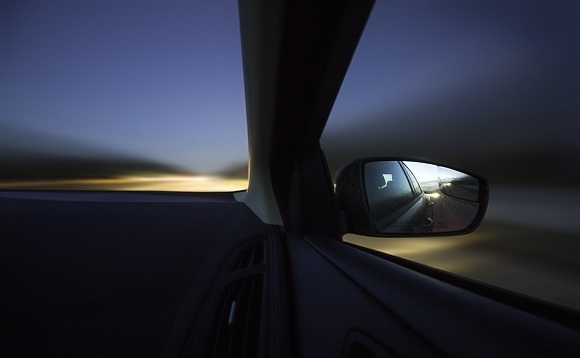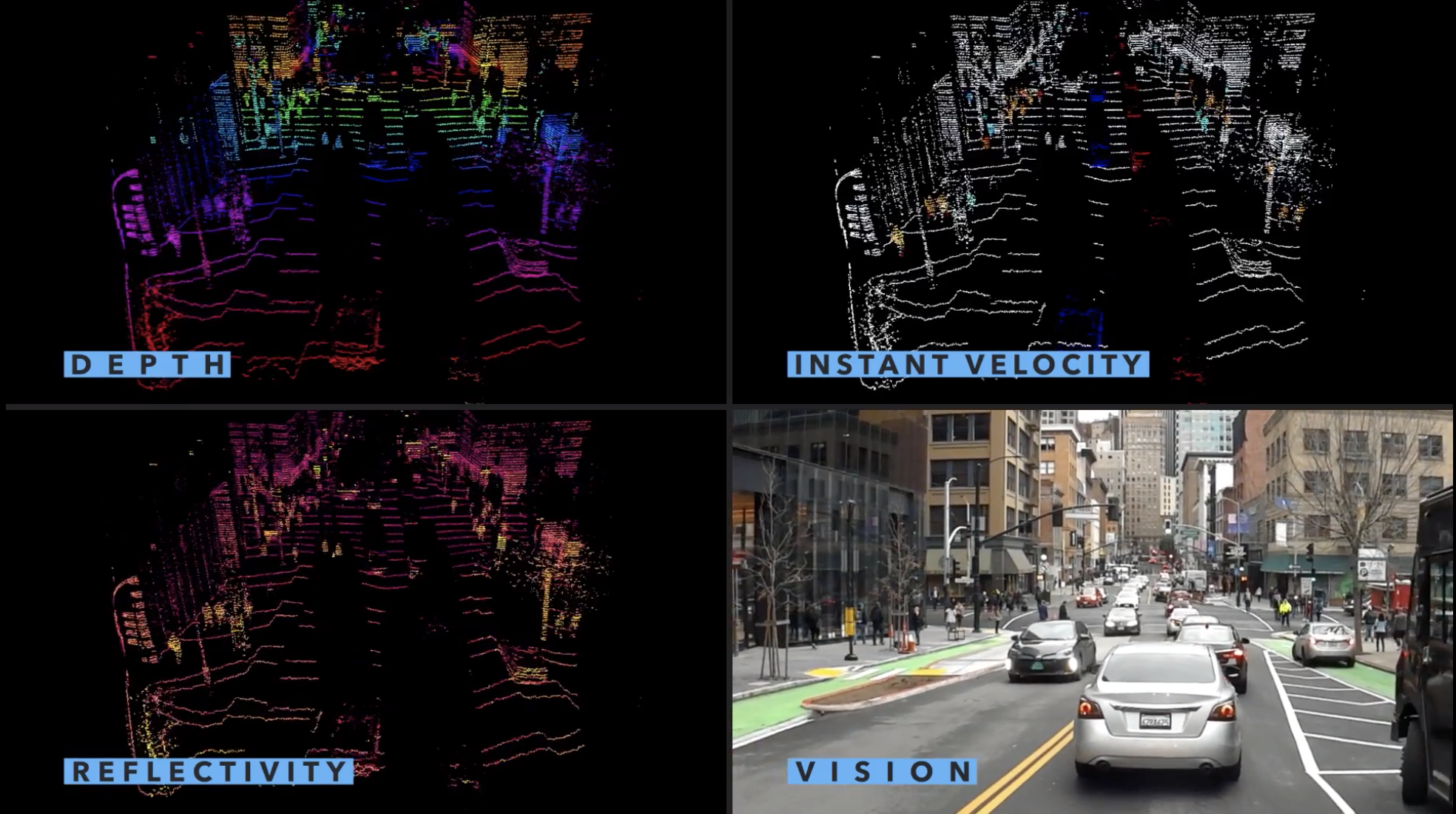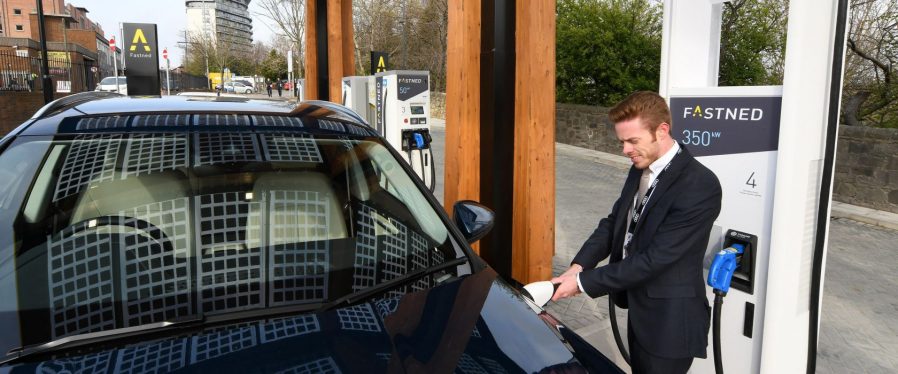April 18, 2019
WORLD PREMIER OF ALL-NEW 2020 SUBARU OUTBACK
—Subaru’s flagship crossover SUV gets more rugged —
●
The sixth-generation of the crossover SUV now in its25th year since 1995 debut
●
Superior driving dynamics with Subaru Global Platform and an available 2.4-liter direct injection turbo boxer engine
●
Refined and innovative interior featuring new tablet-style 11.6-inch screen
●
Superior safety based on Subaru’s comprehensive safety philosophy
●
Tough and rugged exterior design inspires driver and passengers’ active mind
Tokyo, April 18, 2019 – Subaru Corporation unveiled the all-new 2020 Outback (US Spec) at the 2019 New York International Auto Show on April 17 (local time in New York).
Outback Onyx Edition XT
Outback Touring
Since its debut in 1995, the Outback has built a history as a crossover SUV integrating the attributes of both passenger cars and SUVs, and now enters its sixth-generation. Throughout its history, the Outback has offered core values such as safety, comfort, versatility and quality, not only enriching its owners’ lifestyles but also establishing a unique character as Subaru’s flagship crossover SUV. Developed under the concept of “Crossover vehicle that stimulates intellectual curiosity and encourages new discoveries,” the new Outback has evolved once again by adding the latest technologies on top of the traditional Outback attributes.
The all-new Outback is powered by either a 2.4-liter turbocharged BOXER engine delivering strong torque output from low RPM or a 2.5-liter normally-aspirated BOXER engine with improved efficiency thanks to direct injection system. Combined with the new engine is Subaru Global Platform which optimizes the body rigidity, and Outback’s reputable dynamic performance has been further enhanced as a result. In addition, Subaru’s exclusive EyeSight driver assist system comes standard in all trims and is now equipped with the Advanced Adaptive Cruise Control including new Lane Centering function. In combination with available driver monitoring system*1, EyeSight equipped Outback brings driver additional peace of mind, as a partner that assists owners’ active lifestyles.
The exterior design incorporates the side silhouette expressing a sense of speed, larger profile panel surfaces with sense of thickness and more rugged body claddings. As a result, the Outback gives tough and active feel at a glance. For the interior, an updated infotainment system featuring 11.6-inch tablet style large screen has been applied and it adds advanced functions to the high-quality interior of the flagship model.
With the all-around enhancements, the all-new Outback will deliver safer and more enjoyable experience as a partner for an active lifestyle.
The 2020 Outback will go on sale at U.S. Subaru retailers this fall.
Main features of the new Outback (US Spec)
■ Driving enjoyment and peace of mind supported by superior dynamic quality feel
As Subaru’s flagship crossover, improved control, stability, ride comfort, and quietness of new Outback make a driving experience more comfortable and enjoyable in a variety of scenes, from cities to highways, in any weather conditions
Chassis and body supporting superior dynamic quality feel
・Application of Subaru Global Platform, which makes the vehicle body significantly rigid compared to previous model, ensures accurate steering response, greater ride comfort and quieter cabin space
・Significant enhancement in dynamic quality feel thanks to stiffer and lighter body structure with full inner frame construction in which the outer panels are welded to the structure after the entire body framework is assembled
・Newly designed dampers and reduced unsprung weight due to the application of lightweight parts, including aluminum lower L-arm, contribute to much improved handling and ride comfort while maintaining the 8.7-inch ground clearance
Subaru unique mechanisms and technologies for distinctive driving experience
・Standard Symmetrical All-Wheel Drive offers stable drive in any road condition
・Available 2.4-liter turbocharged BOXER engine generates strong torque from low rpm and delivers smooth acceleration
・Updated Lineartronic*2 with wider gear range and re-worked hydraulic system transfers engine power more efficiently and delivers better fuel economy and superior driving experience
・Up to 3,500-lb of towing capacity thanks to newly developed rear differential gear (2.4L Turbocharged Boxer engine equipped model)
・X-Mode enhances rough road driving capability by optimizing the operation of engine, transmission and brakes
■ High-quality and advanced interior space
Quality interior design, relaxing cabin space with improved packaging and advanced feature provide comfort and enjoyment for driver and all passengers
Advanced features for convenience and comfort
・Updated Starlink infotainment system with available 11.6-inch tablet-style touch screen features a newly designed Human Machine Interface and allows smartphone-like operation of various functions consolidated on one large screen
・In addition to Apple CarPlay*3, AndroidAutoTM*4, the SUBARU STARLINK now supports SmartDeviceLinkTM*5 which allows the use of various apps regardless of smartphone operating system
・Telematics system with additional functions including Wi-Fi hotspot and remote engine starter for more convenience
・Available Driver Monitoring System not only identifies signs of driver fatigue or distraction and provide warning to driver and passengers for additional safety, but also delivers convenience by identifying individual in the driver seat and automatically adjusts driver settings for seat position, door mirror angles and air-conditioning preferences
High quality, comfortable interior design
・Brown-colored Nappa leather seats for ‘Touring’ trim
・Enlarged windshield and long line motif extended from the center of the instrument panel to the door panels express a relaxed and open atmosphere of the cabin space
・A color of the seat material is also applied on a part of instrument panel consisted of 3 different surfaces to create a sense of openness
・Thick center console and arm rests surrounding driver and passenger provide a sense of protection
・Carefully selected materials for high-quality feel throughout the entire cabin
Well-considered packaging and convenient features for a comfortable feeling
・Windshield and front door windows have been moved outward for class-leading driver visibility
・Extended vehicle length was allocated for both rear passenger space and cargo space for further enhancement of passenger comfort and versatility
・New PTC heating system for quicker heating in winter (For 2.4L Turbocharged Boxer engine equipped model)
・Front seat ventilation standard on Touring trim
・Adjustable seat cushion length (driver only) for Limited and Touring trim levels
■Functionality that supports various lifestyles
With a variety of convenient features suited for outdoor use, new Outback invites you to active outdoor lifestyle
User friendly, versatile cargo space enhances the value as a SUV
・Subaru-first hands-free power rear gate and single-touch lifting cargo cover allows easy operation even on the rough ground surface in outdoor environment
・Wider cargo room opening and faster gate operation from new power rear gate system allow smoother cargo loading
・Roof rails with integrated and retractable cross bars now enhanced with tie-down holes for more security
・Added hooks in cargo room for more convenience
■ Overall safety top in its class
The new model offers safe and enjoyable driving for driver and all passengers at all times in all settings—not just in emergencies—based on Subaru’s philosophy of overall safety.
Outstanding visibility recognizable at a glance as soon as driver get into the car—Primary Safety
・The excellent high eye-level view and careful optimization of the shape of the pillars have reduced blind spots and provides outstanding visibility
・Well-considered interface layout to reduce unnecessary eye-movement while driving
・Optimization of the seat shape and cushion materials helps to reduce driver fatigue
Dynamic performance driver can depend on in the unlikely event of an Incident—Active Safety
・Active Torque Vectoring ensures that the driver is in control of the vehicle, exactly as the driver intended
Comprehensive advanced safety systems—Preventive Safety
・Subaru’s exclusive EyeSight driver assist system comes standard in all trims and now equipped with the new Advanced Adaptive Cruise Control including new Lane Centering function
・EyeSight assist monitor notifies the system activation status with LED lighting projected on the windshield
・Driver Monitoring System supports safe driving by warning a driver when it detects signs of distraction or drowsiness
・Standard LED headlights for better nighttime visibility
・Reverse Automatic Braking helps to avoid collisions when reversing and mitigates the damage in case of collision
・Subaru Rear Vehicle Detection system senses vehicles approaching from the rear and gives audio and visual alert
・Front view monitor captures images within the driver’s blind spots in front of the vehicle and displays a 180-degree view on the 11.6-inch display
・Rear view camera washer clears up the camera for better visibility
Class-leading crash protection—Collision Safety
・Optimized body structure with the adoption of Subaru Global Platform ensures class-leading crash protection
・An increase in the amount of high-tensile steel panel materials ensures improved protection in frontal, side and rear end collisions
■ Tough and rugged exterior design
Following Subaru’s common “Dynamic x Solid” design philosophy, the exterior design of Outback aimed to express a feel of active gear at a glance, based on the design concept “Active & Tough”
Front face emphasizes its toughness
・Wide grille decorated with chrome-plated sharp frame and thick bar inside emphasizes dignity o..


